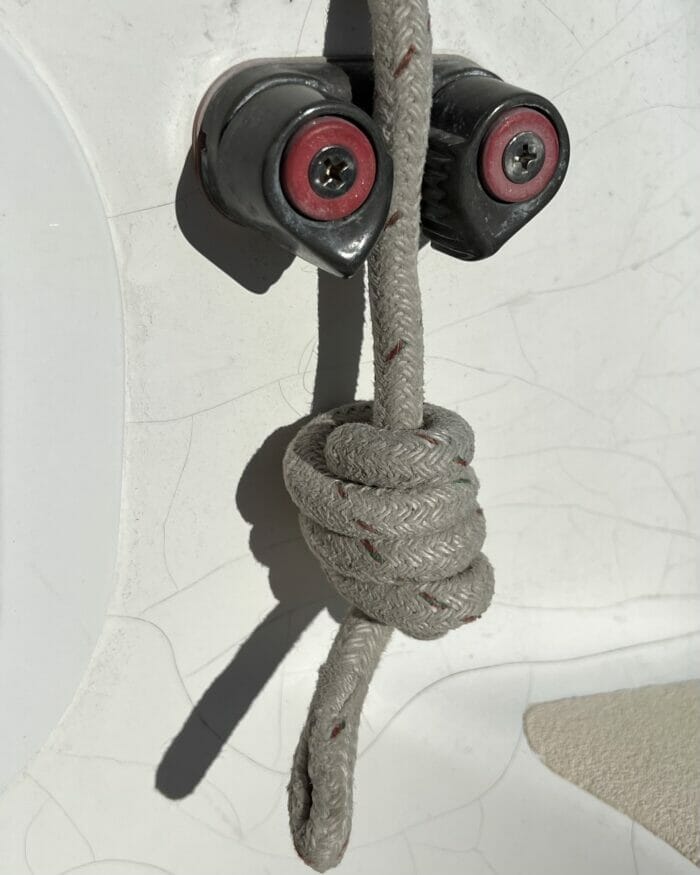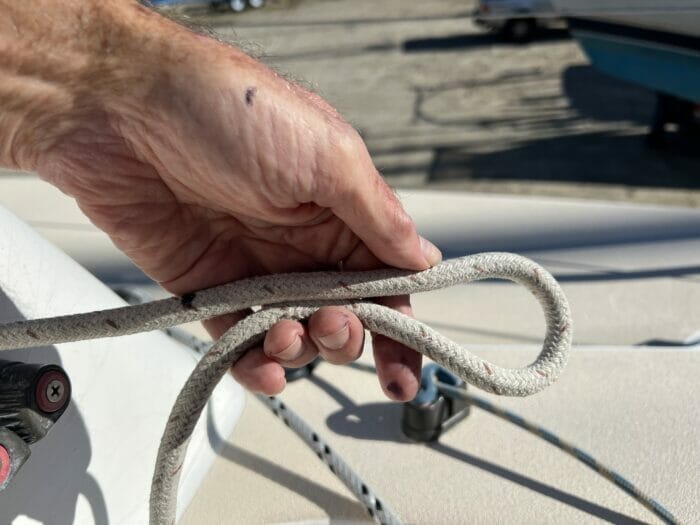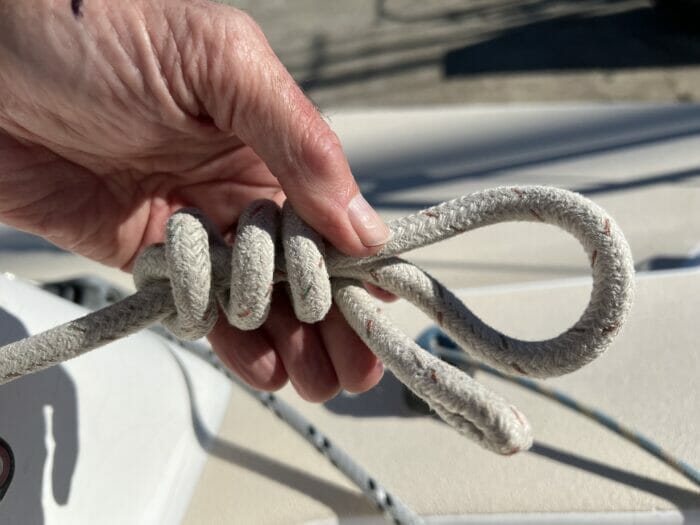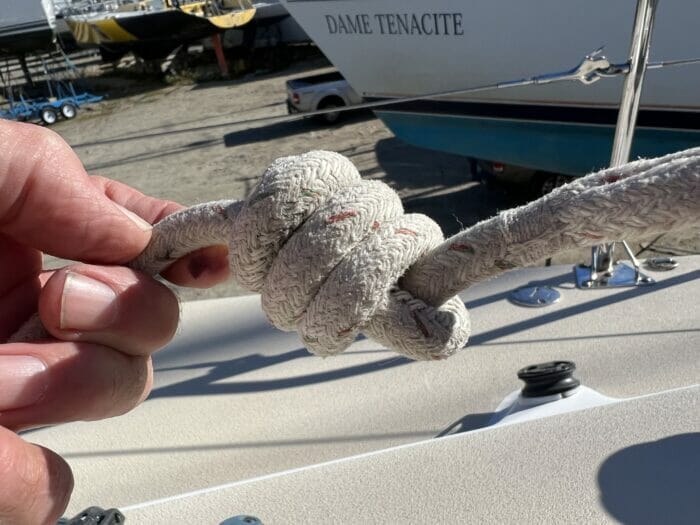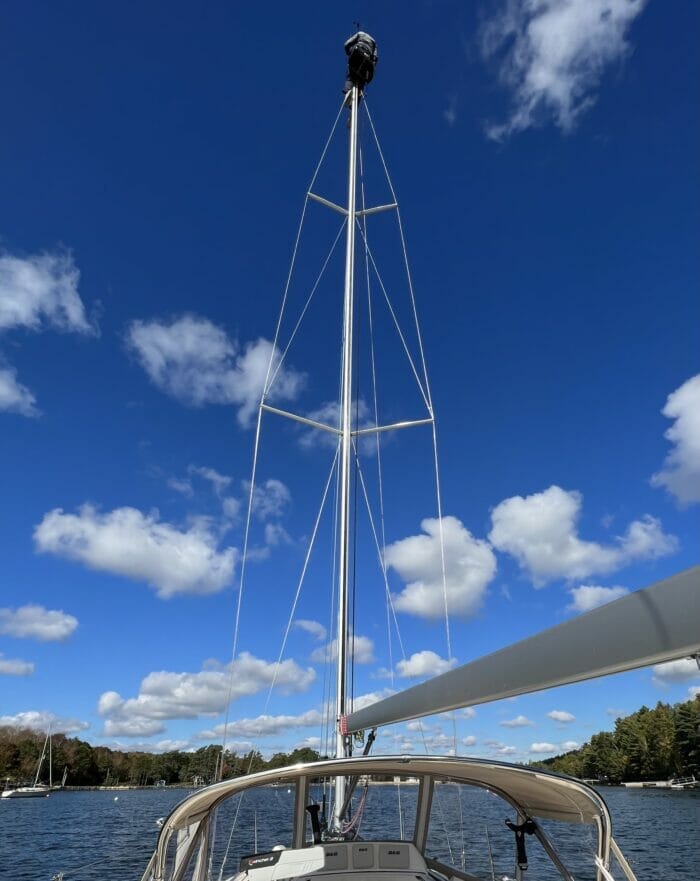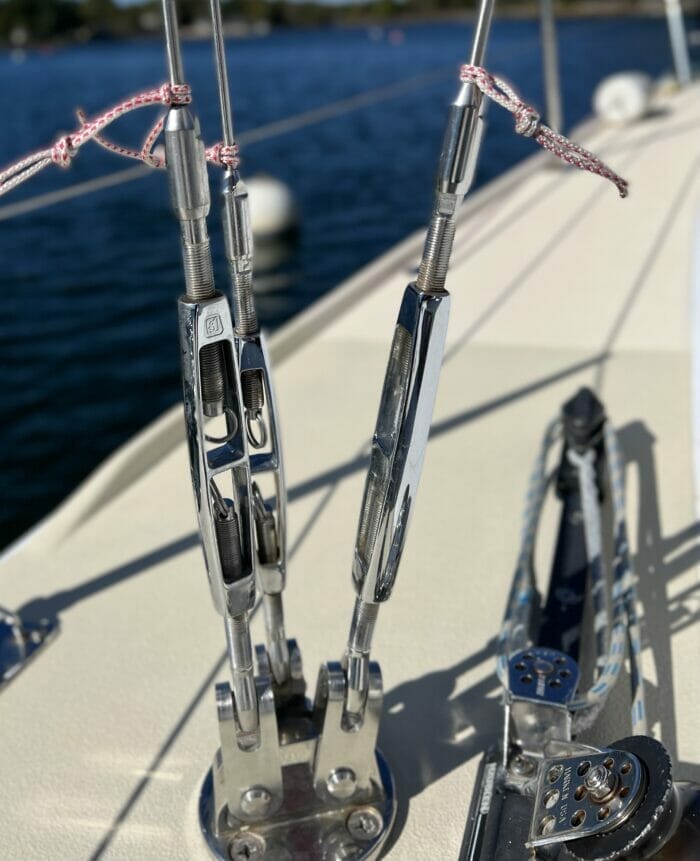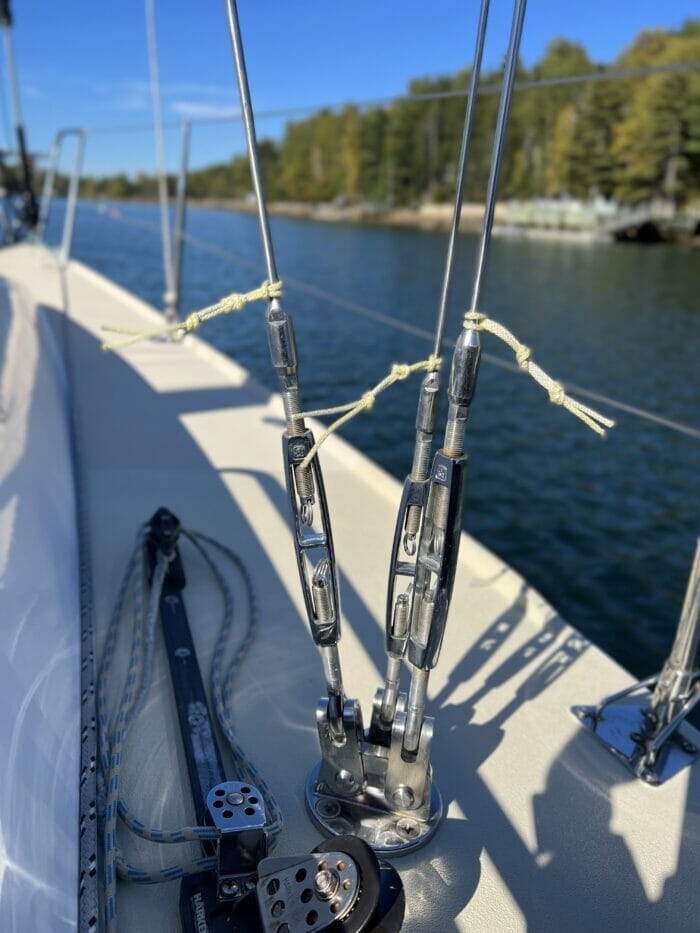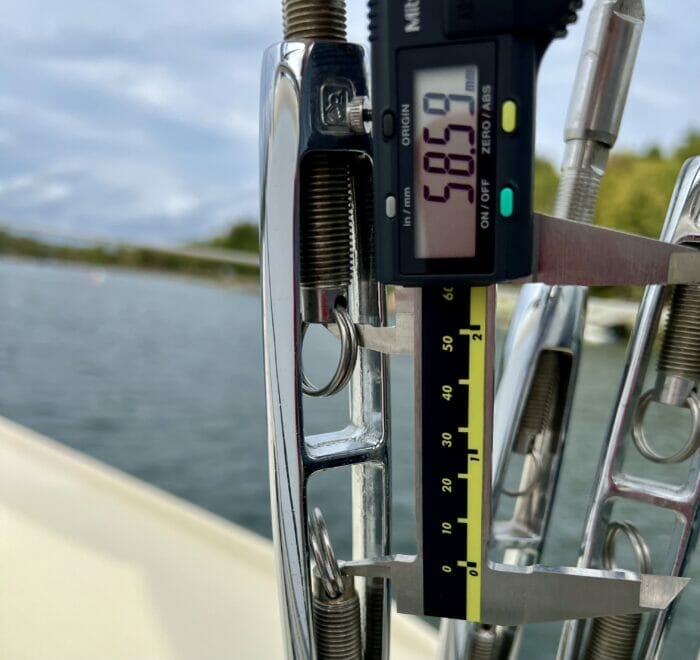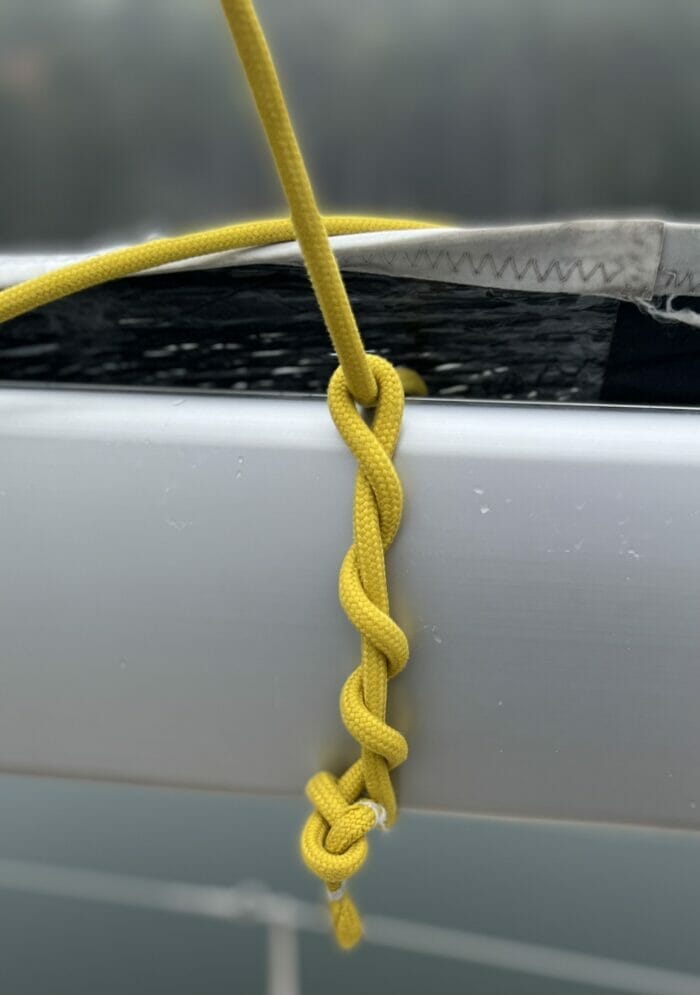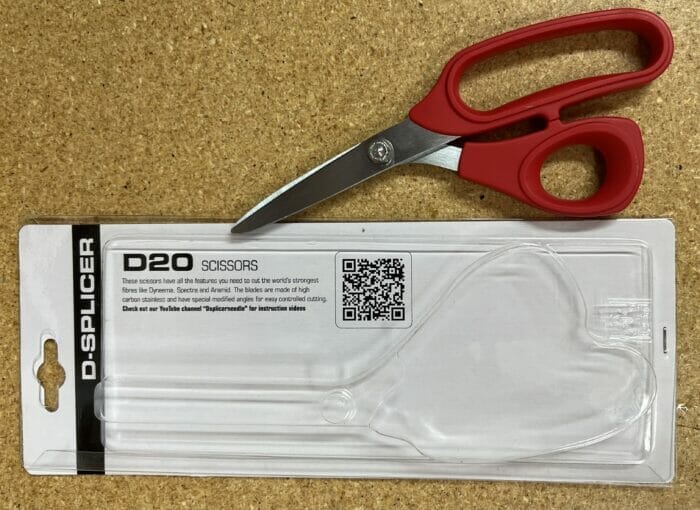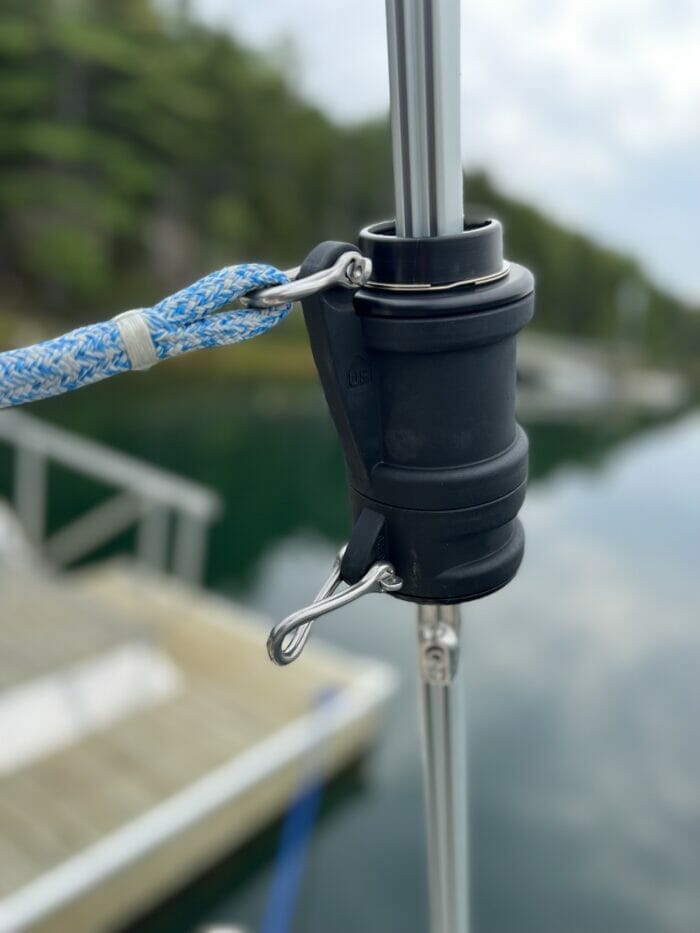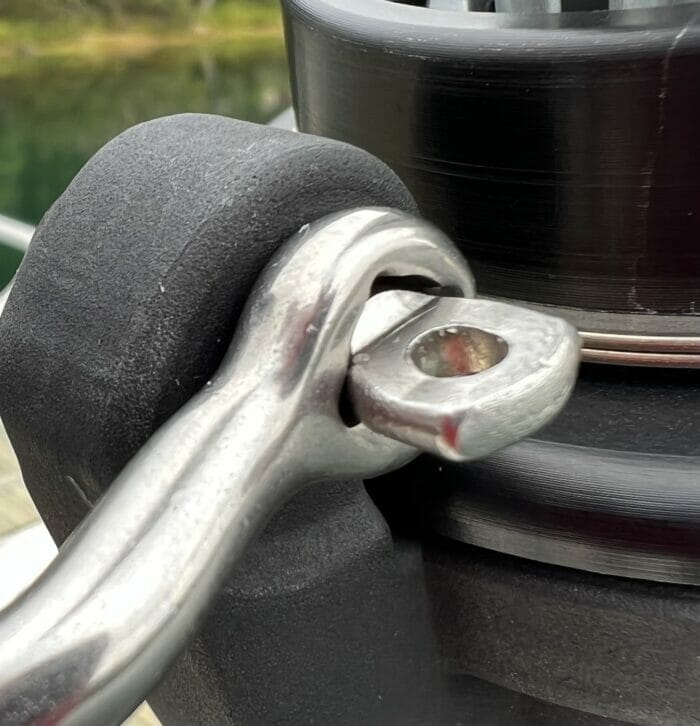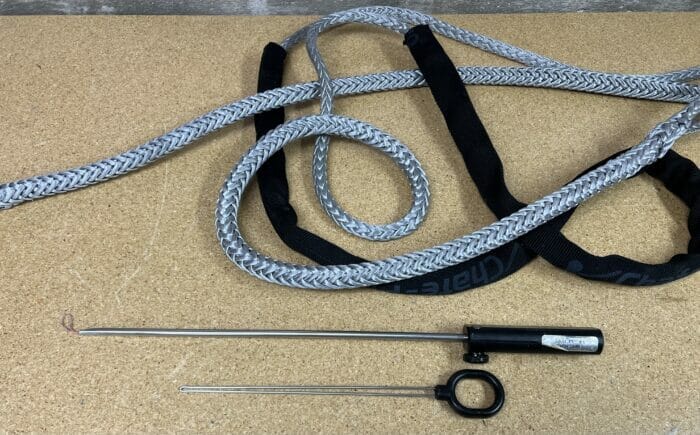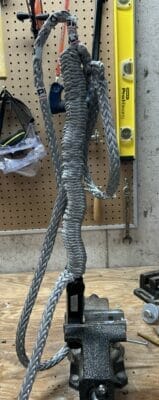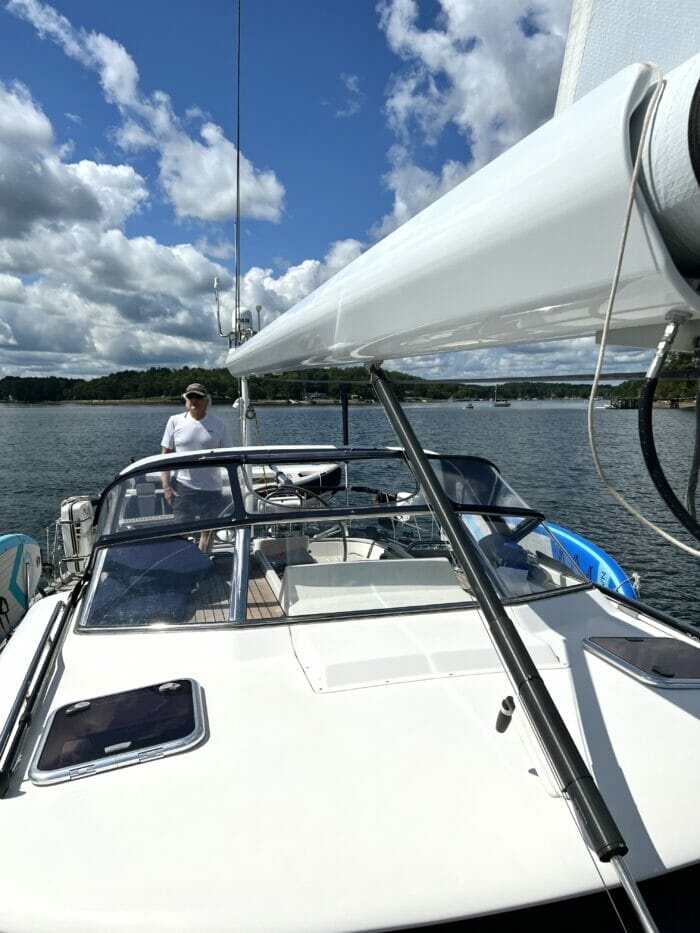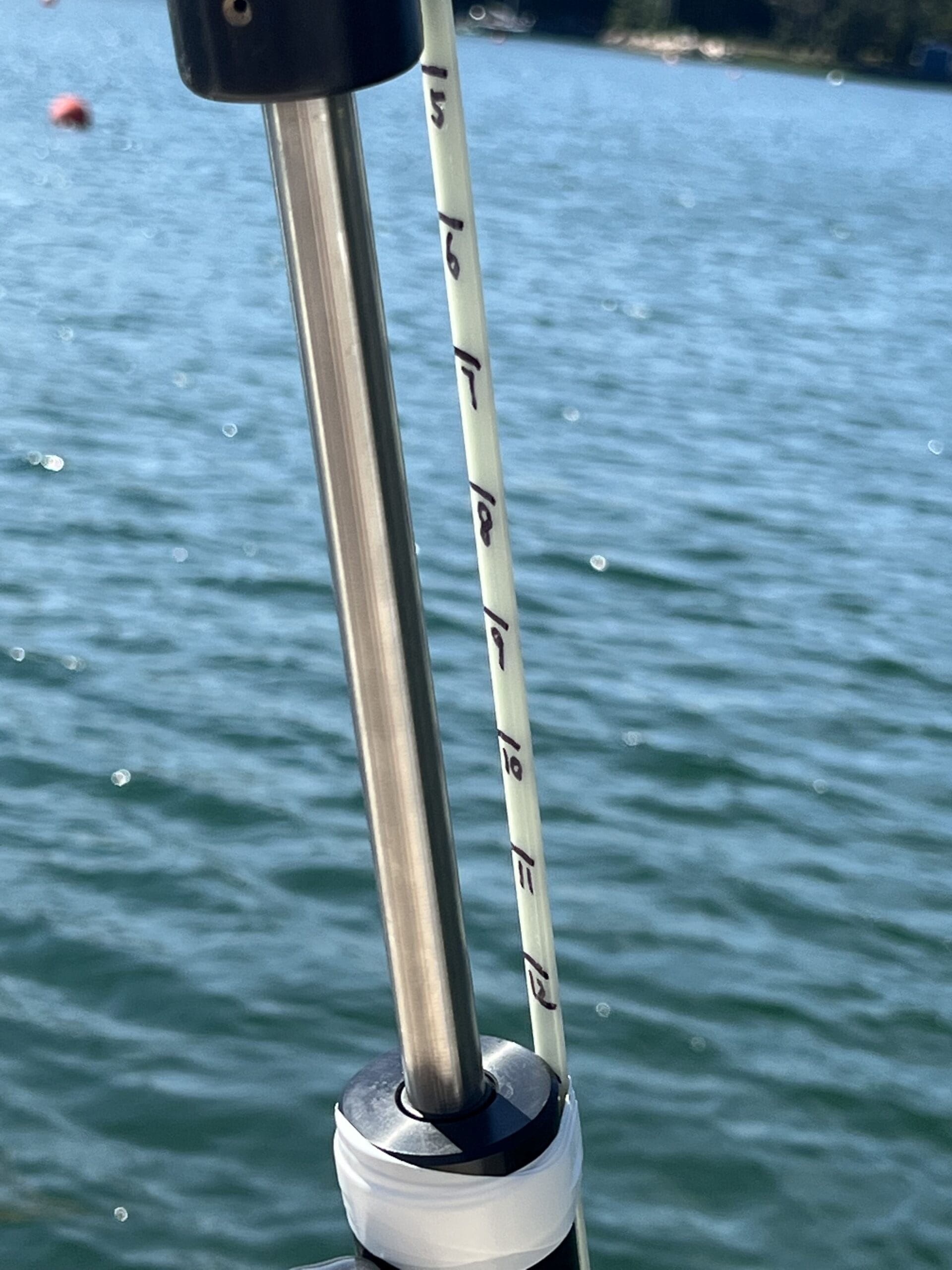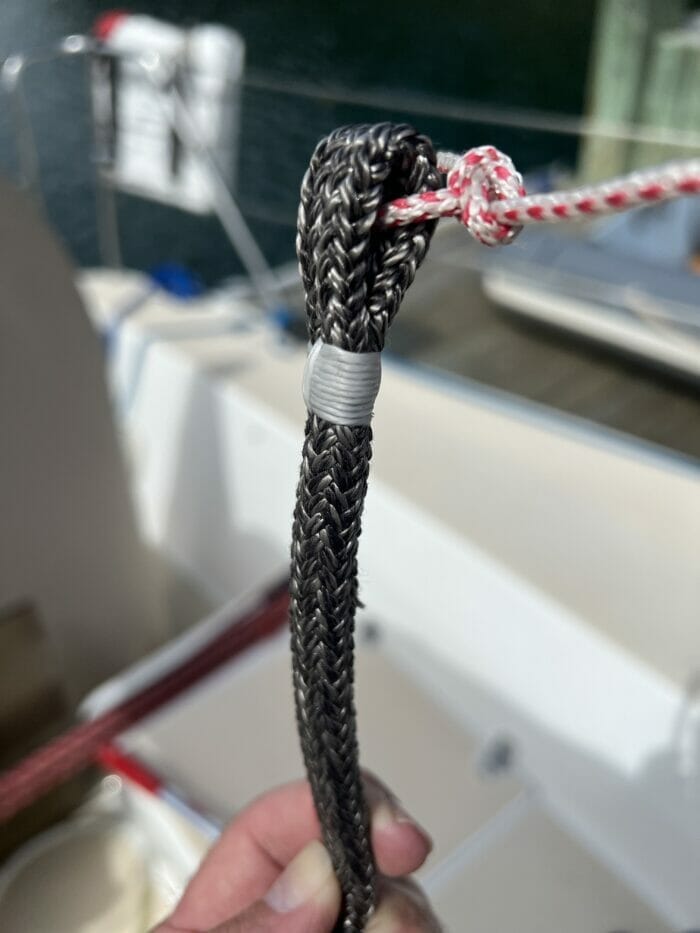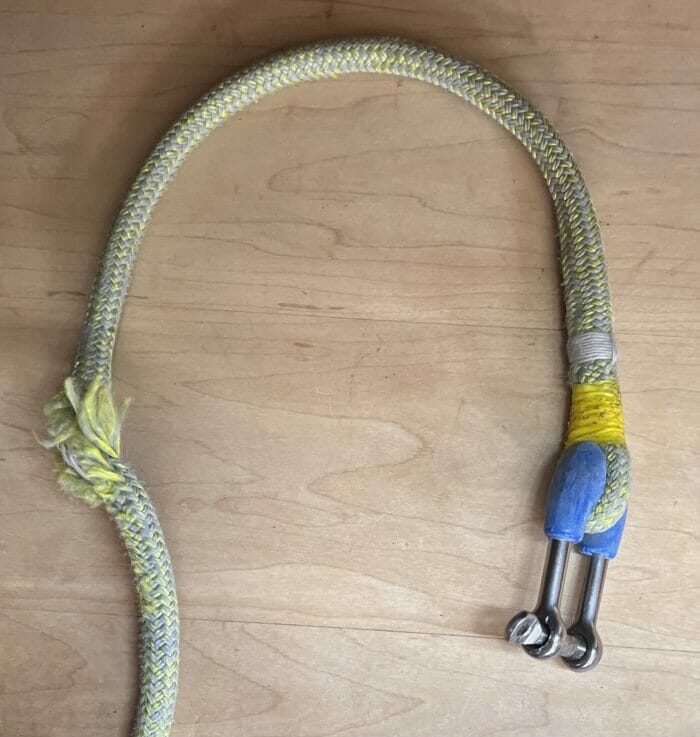Question
Very experienced member Matthieu Chauvel asked:
Does anyone have experience with hydraulic in-boom furling systems in below-freezing conditions (and/or proper heavy seas, 50 kts+)? Asking for owners of a yacht heading down to Antarctica that has what they (and the builder of course) say is quite a beefy, reliable custom system, but it hasn’t been tested in polar conditions yet.
Even night temperatures should remain well above the hydraulic fluid freezing point (call it -20 C with a little error margin) during the summer season, but maybe viscosity becomes a problem above that level? General ice build-up solutions and difficulty of sending crew forward while getting hosed down, at night, in towering waves already mentioned to them, but it would be nice to hear from people who have managed in that environment without problems, if any.
Answer
Sorry, I don’t have much useful experience with hydraulic in-boom in extreme conditions. I was in the Arctic with one of those systems, but it did not get that cold.
The one thought I do have is that fisherfolk out of Atlantic Canada regularly work the waters of Hudson Strait in early winter, and so do Norwegian fisherfolk up as far as Svalbard, with hydraulics so it must be a solvable problem.
But, more importantly, if I were taking a boat into the high latitudes I would not have a complex system like that, particularly since the builder admits it has not been tested in those conditions.
I’m assuming this is a big boat, but even so I would go with slab reefing and then if worried about sending someone forward to the mast, bring the lines aft, although that would not be my choice. Instead, I would do good mast pulpits and a proper centreline jackline system.
I might also consider a Park Avenue boom, but that could also catch snow and ice, so maybe not.
If worried about loads on the reefing lines because of the boat size, I would install cross connected winches with coffee grinder pedestals. Two people can easily move a lot of line with a setup like that.
One could also add a hydraulic drive to the winches, but that adds risk and I would want to know the boat could be operated safely if the hydraulics failed.
Skip Novak has managed big boats fine in extreme conditions this way for decades and Phyllis and I had no trouble with slab on a 56-foot boat, including reefing and striking in 50-knot winds on one memorable occasion.
I would also say to your friend, if the boat is too big to handle with these simple systems, then add crew, probably professional.
We only have to look at what happened on Escape to see the dangers of a boat that is too big for the crew, and has complex systems, and that was not in the Drake Passage where conditions are likely to be far worse.
And I can’t tell you how scared I was of the automated rig on a big boat I went to Greenland on. If we had encountered 50 knots and big seas things would have almost certainly ended badly.
I do differ from Skip in one regard. I would add a storm trysail on its own track with its own halyard, so when expecting extreme conditions the main would come down and the trysail set. This, together with a storm jib set on an inner stay, is a rig that can take us to hell and back in safety.
If your friend decides to stick with in-boom, then I would strongly recommend this change. In fact, they could just motorsail to and from Antartica with this rig up, and be safe.
Matt, given your experience, I’m guessing I’m preaching to the choir, and I get that your friend won’t want to make all, or maybe any, of my recommended changes for one voyage, but maybe that just means he or she has the wrong boat for going to Antartica.
Anyway, thinking and writing about this was interesting.
